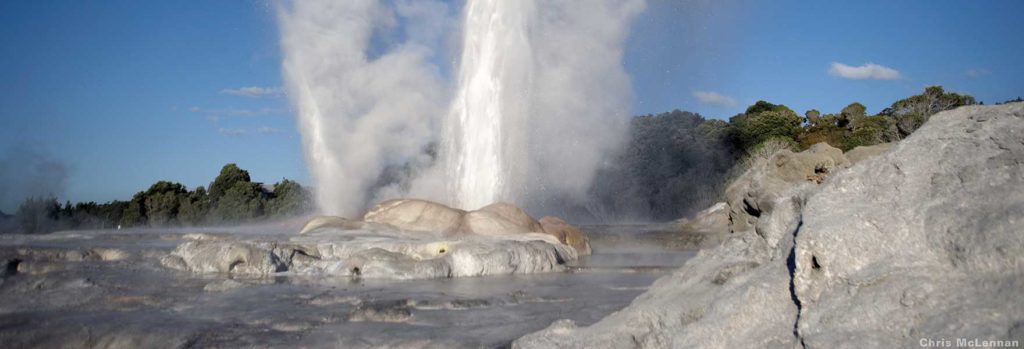New Zealand is a safe and quiet country where domestic travelling is easy. Many options are available.
FLIGHTS
Ideal for time conscious travelers and/or for moving from North to South Island and vice versa. National carrier Air New Zealand has a network nearly covering the whole country, Australian Qantas also flies among the main urban cities. Smaller carriers run essential services to small, remote islands offshore like Great Barrier, Stewart and Chathams.
Visit each airlines website for further airfares and times:
www.airnewzealand.co.nz
www.qantas.com/nz/en
www.barrierair.kiwi
www.stewartislandflights.co.nz
www.airchathams.co.nz
BUS
Bus trips in New Zealand are comfortable, efficient and affordable. Long distances buses often have air conditioning, reading lights, reclining seats and free WI-FI. Passengers can purchase a series of tickets or a Travel Pass. Once a bus itinerary is chosen it cannot be changed, however it still is a way to travel in total freedom. The pass is valid for 12 months and its holder can hop on-hop off as required.
Visit the official New Zealand Tourism website for further information on bus trips:
www.newzealand.com/int/buscoach-transport
CAR
Distances are relatively short, traffic is light – with exception of Auckland – roads are in good conditions despite not having many multiple lanes highways. Main cities have brief highways circling them, elsewhere roads have one single lane in each direction. Most roads are hilly and windy which can slow down vehicles.
Maximum speed limit is 50 km/h in towns/cities, 100 km/h on highways and people drive on the left side if the road. To drive in New Zealand is compulsory to have an international driver license or a certified translation of a foreign license. To hire a vehicle driver must be 21 years old & over and have been holding a valid driver license for at least 12 months.
TRAINS
Travelling by train is quick however not many railways routes are present in the country. Trains are modern and comfortable, rates often cheaper than buses for the same trip. Many train trips are breathtaking such as the TranzAlpine from Christchurch to Greymouth, The Northern Explorer linking Wellington to Auckland with 12 hours journey through volcanic lands of the North Island and The Costal Pacific from Christchurch to Picton in summertime.
Visit Great Journey NZ for information, routes and fares:
www.greatjourneysofnz.co.nz
FERRY
Despite being surrounded by water, long distances sea transportation is not common in New Zealand. Exceptions are Interislander (from Wellington in the North Island to Picton in the South), some ferries running between Auckland and the many islands in the Hauraki Gulf and between Bluff and Oban.
Visit Direct Ferries website for information in times and fares:
www.directferries.com.au/new_zealand






